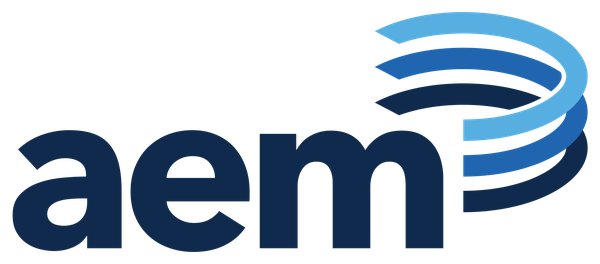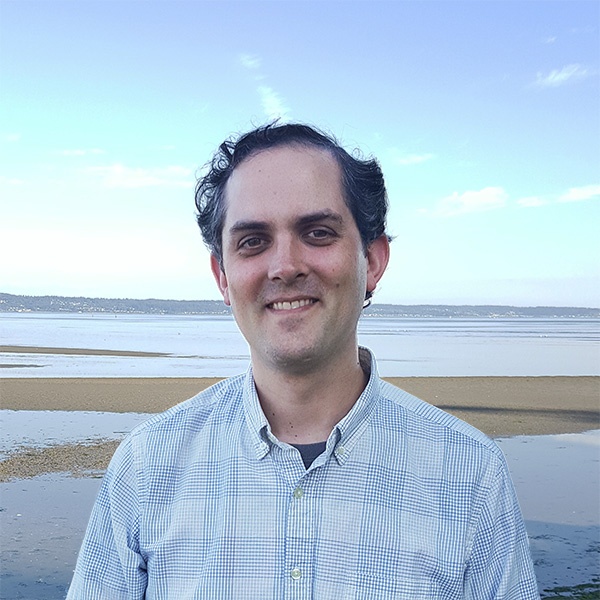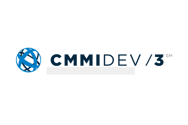What do you do at AEM?
I provide technical leadership to several of our key education data efforts. One of the most exciting projects is our education data warehouse and reporting tool, Generate. On this effort, I manage the strategic roadmap, work with our business team and our developers, write SQL to support implementation in each state, and code when our team needs extra capacity.
We have a big vision. At a state level, Generate now consumes data from multiple source systems, standardizes in common data structures, assesses data quality, and produces customized reports and visualizations. We are currently focusing on federal and state reporting data because that is where the greatest need is. Since the tool is built entirely off of CEDS [Common Education Data Standards], it can expand into just about any domain of data reporting where states want support. Generate is already a big help to our customers in that it saves hours of work during file creation and data review and it ensures reports are submitted on time. States are asking us to expand it in ways that will really have broad impact.
What would your clients be surprised to learn about AEM?
I’m still surprised by the breadth of our knowledge around education data. Through our work at the federal, state, district, and local levels, we have intimate knowledge of data sets and data privacy and longitudinal data systems. We know a lot about almost every aspect of education data.
How does AEM compare to previous places you've worked?
I worked in Washington’s state education office for 11 years before AEM. Actually, I worked as a software developer and then an enterprise architect on the same systems I’m supporting now. It feels like a logical progression. I was even hired by an AEM employee who was our data governance manager in Washington, who now also works on Generate.
I really appreciate at AEM that we’re able to be more agile than state government. We are able to make decisions now that anticipate future needs, and we have a more expansive view than state government is sometimes allowed to take. We are also able to re-allocate resources to respond to new requests from states. In the end, I’m supporting the same work as before—we are just able to solve a lot of problems to make this work much easier for former colleagues.
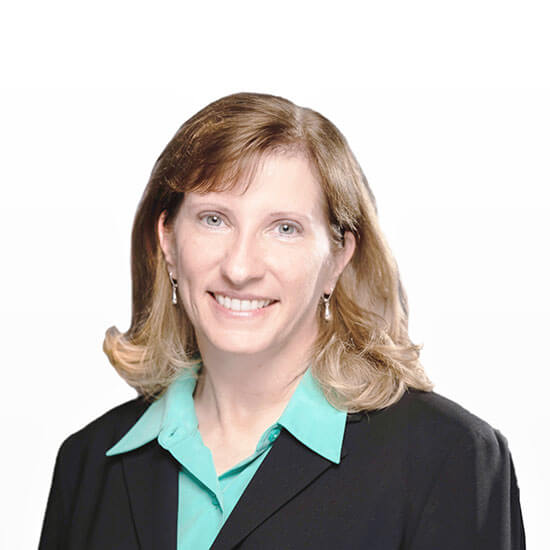 Maggie Pabustan Senior Executive Vice President
Maggie Pabustan Senior Executive Vice President
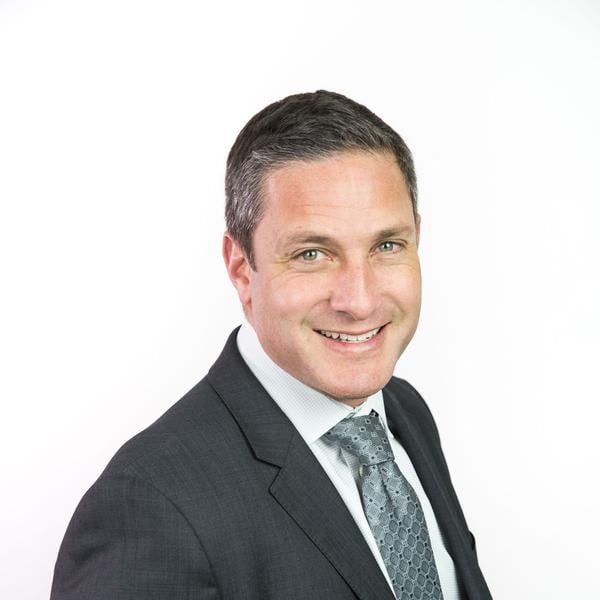 Mark Blevins Executive Vice President
Mark Blevins Executive Vice President
